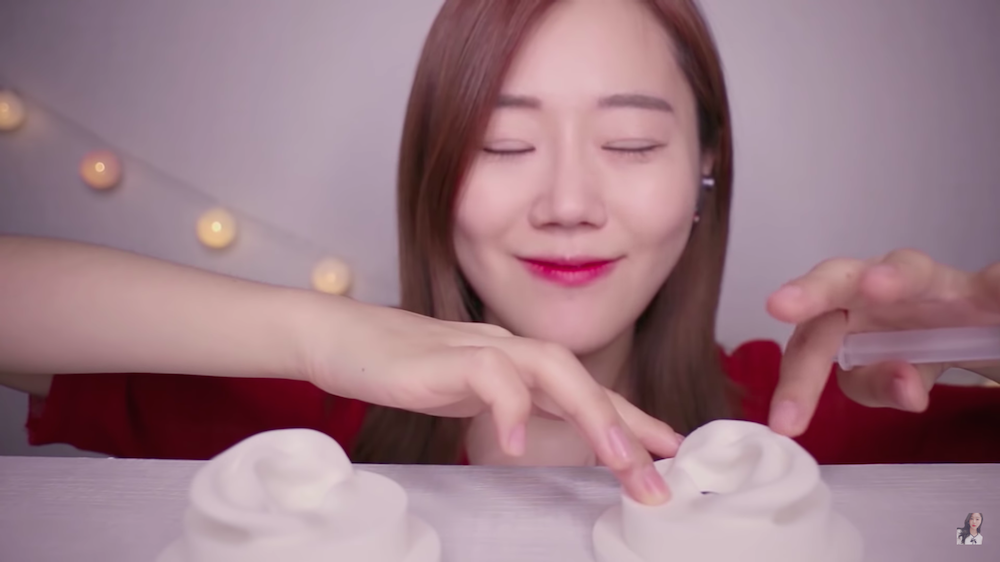
Last weekend I took my first trip to Korea’s Jeju Island, a vacation spot popular enough to make the air route between it and Seoul the busiest in the world. But I wasn’t going on vacation, nor, strictly speaking, was I going to Jeju: my destination was Gapado, a much smaller island off Jeju’s south coast, the kind of featured now and then on Travelogue Korea. There the conglomerate-owned credit issuer Hyundai Card, known for exclusive cultural facilities in Seoul like the Hyundai Card Music Library and the Hyundai Card Design Library, has spent the past eight years remodeling buildings throughout the island’s depopulated village. When an architectural magazine asked me to go have a look at the project’s results, I dug into the available promotional materials and found, among other things, Gapado-themed ASMR videos. This may surprise you more than it surprised me — or at least it may if you live anywhere other than South Korea.
Most in the English-speaking world have by now heard the term ASMR; some even know that it stands for “autonomous sensory meridian response.” Even among those of who’ve never watched a single ASMR video, many know that such productions involve whispering, brushing hair, tapping wood, crumpling plastic wrap, and other actions that generate the kinds of sounds ASMR enthusiasts find pleasurable. “Its triggers were as varied as watching someone fill out a form, listening to whispering sounds or seeing Bob Ross paint landscapes on TV,” The New York Times‘ Jamie Lauren Keiles writes of early discoveries of ASMR. The term itself was coined in 2010, displacing such less scientific-sounding also-rans as “brain-gasm.” Soon thereafter, deliberately ASMR-inducing videos exploded as a genre unto themselves on Youtube, where, Keiles writes, “legions of (mostly female) creators release, by my count, around 500 new videos each day.”
Though a notoriously trend-sensitive society, Korea developed its own ASMR scene later than much of the word did. Last year The Korea Herald‘s Choi Ji-won profiled the country’s acknowledged first “ASMRtist,” a young lady named Yu Min-jung, known on Youtube as Miniyu. “In 2013, Yu, who had longed to become an actor, was having a hard time after graduating with a degree totally unrelated to her initial goal,” writes Choi. It was then that she discovered the foreign world of ASMR on Youtube and began making her own contributions in Korean. Some ASMR videos use not just sound but actual language, or at least the kind of role-playing ASMR videos Yu makes — and that have subsequently succeeded here — certainly do. “From a late-night barber to a dermatologist, then from a scalp therapist to a caring friend removing makeup from a roommate’s face,” writes Choi, “Yu becomes a ‘healer’ for those craving sounds of comfort.”
Read the whole thing at the Los Angeles Review of Books.